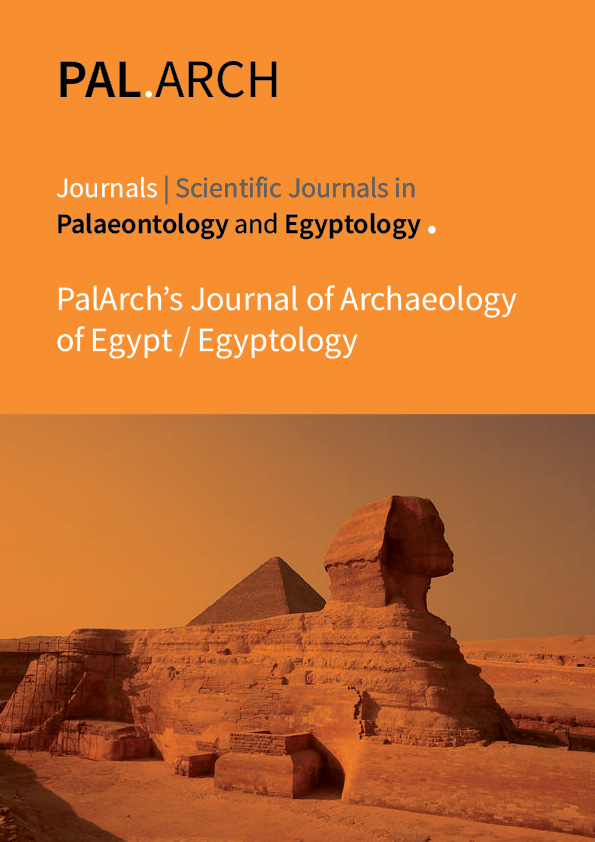DOES TRADE LIBERALIZATION REDUCE CHILD LABOUR IN SAARC COUNTRIES?
Abstract
In recent years, there has been a proliferation of empirical work on child labour. Nevertheless, these
studies tended to limit their analysis on the trade in homogeneous goods; this article aims to study the
role of selection of variety or product heterogeneity in child labour demand for the South Asian
Association for Regional Cooperation Countries (SAARC) during the period from 1999 to 2013. In the
context of trade in homogeneous and heterogeneous goods, the relationship between child labour and
the effects of trade breaks down into selection, scale and technique effects. The panel data method is
employed to justify the spatial and temporal dimensions of the research. The estimation procedure of
this study consists an exposure of selection, scale and technique effects. The results imply that the
opening of trade alone will not reduce child labour if it is not accompanied by supportive measures,
namely the trade-related effects of child labour, in particular the effects of scale and technique.
Therefore, this study suggests that trade liberalization through trade-induced effects would be the way
to reduce the incidence of child labour in emerging markets.



